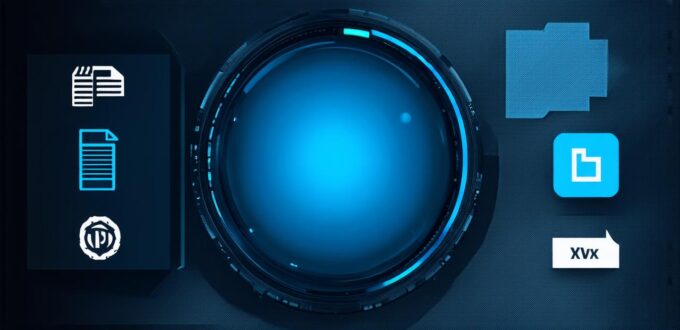Computer software refers to the programs and applications that are used to run on computer systems. In this article, we will explore four different kinds of computer software: operating systems, productivity software, multimedia software, and enterprise software. Each of these types of software has its unique features, benefits, and target audience.
Operating Systems
An operating system (OS) is a type of computer software that manages the hardware resources of a computer and provides a platform for running other programs and applications. It acts as an intermediary between the hardware components and the software that runs on them, allowing users to interact with the computer system in a meaningful way.
Operating systems provide a foundation for all other software to run on, making them essential for any computer system. Some examples of operating systems include Windows, macOS, Linux, iOS, and Android. Each OS has its unique features, such as user interface, security, and compatibility with other programs and devices.
The target audience for operating systems is computer enthusiasts, businesses, and individuals who need to run multiple programs and applications simultaneously.
Productivity Software
Productivity software refers to the programs and applications that are used to perform tasks such as word processing, spreadsheet analysis, presentation creation, and graphic design. These types of software are designed to help users create, edit, and manage digital content quickly and efficiently.
Productivity software is essential for businesses and individuals who need to create and manage digital content on a regular basis. Some examples of productivity software include Microsoft Office (Word, Excel, PowerPoint), Google Suite (Docs, Sheets, Slides), and Adobe Creative Suite (Photoshop, Illustrator, InDesign). These programs provide users with the tools they need to create and manage digital content in a streamlined and efficient manner.

The target audience for productivity software is individuals and businesses that need to create and manage digital content on a regular basis.
Multimedia Software
Multimedia software refers to the programs and applications that are used to create and edit audio, video, and images. These types of software are designed to help users create and edit multimedia content quickly and efficiently.
Multimedia software is essential for individuals and businesses that need to create and manage multimedia content on a regular basis. Some examples of multimedia software include Final Cut Pro (video editing), Photoshop (image editing), and Audacity (audio editing). These programs provide users with the tools they need to create and edit high-quality multimedia content in a streamlined and efficient manner.
The target audience for multimedia software is individuals and businesses that need to create and manage multimedia content on a regular basis.
Enterprise Software
Enterprise software refers to the programs and applications that are used by large organizations to manage complex business processes, such as finance, human resources, supply chain management, and customer relationship management. These types of software are designed to help organizations automate and streamline their business processes, improving efficiency and reducing costs.
Enterprise software is essential for large organizations that need to manage complex business processes on a regular basis. Some examples of enterprise software include SAP (enterprise resource planning), Oracle (human resources management), and Salesforce (customer relationship management). These programs provide organizations with the tools they need to automate and streamline their business processes, improving efficiency and reducing costs.
The target audience for enterprise software is large organizations that need to manage complex business processes on a regular basis.
Case Study: Microsoft Office 2016
Microsoft Office 2016 is a productivity software suite that includes programs such as Word, Excel, PowerPoint, and Outlook. The suite was designed to help individuals and businesses create and manage digital content quickly and efficiently.
One of the key features of Microsoft Office 2016 is its cloud-based storage and collaboration tools, which allow users to access their documents from anywhere with an internet connection. This feature was particularly useful for remote teams who needed to collaborate on projects in real-time. The team members could work simultaneously on a document without any delays or conflicts, which increased productivity and efficiency.
Another key feature of Microsoft Office 2016 is its integration with other Microsoft products and services, such as OneDrive, SharePoint, and Teams. This integration allows users to access and share their documents and collaborate with others seamlessly, improving productivity and efficiency. Additionally, the suite includes advanced features, such as data analysis tools and machine learning capabilities, which can help businesses make more informed decisions and improve their operations.
In conclusion, computer software plays a vital role in modern computing systems. There are four main types of software: operating systems, productivity software, multimedia software, and enterprise software. Each type of software has its unique features, benefits, and target audience. Understanding the different types of software and their functions is essential for businesses and individuals who want to make the most out of their computing systems.
